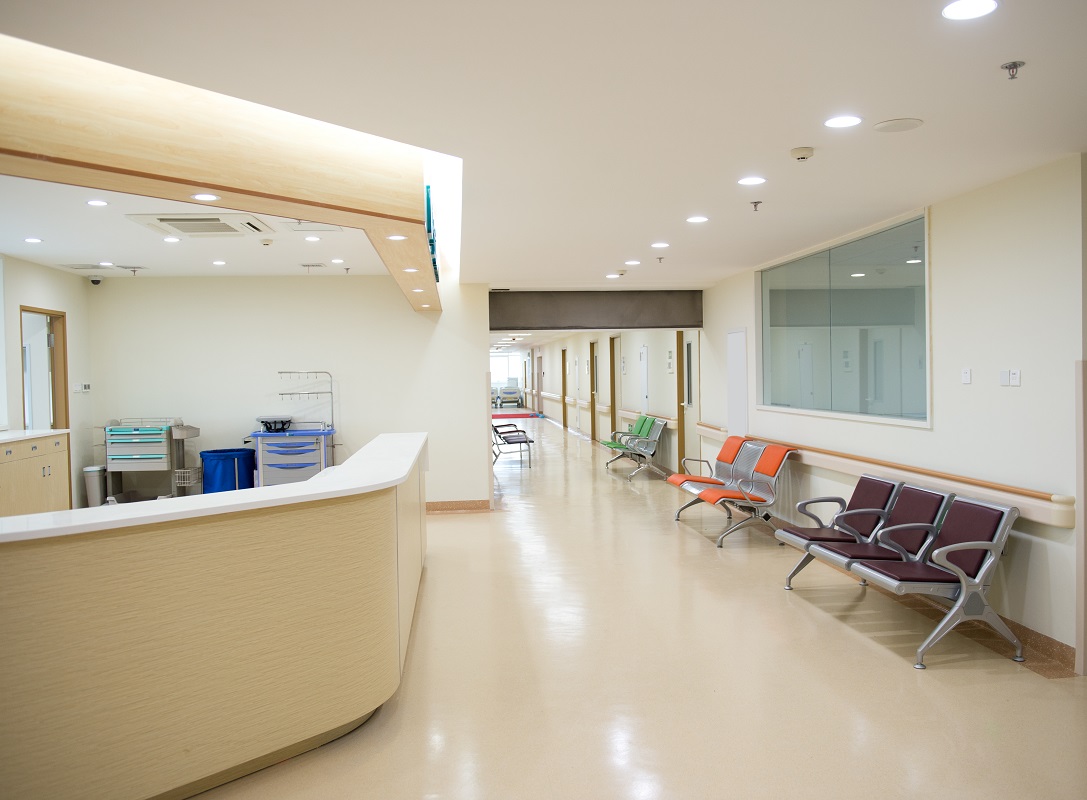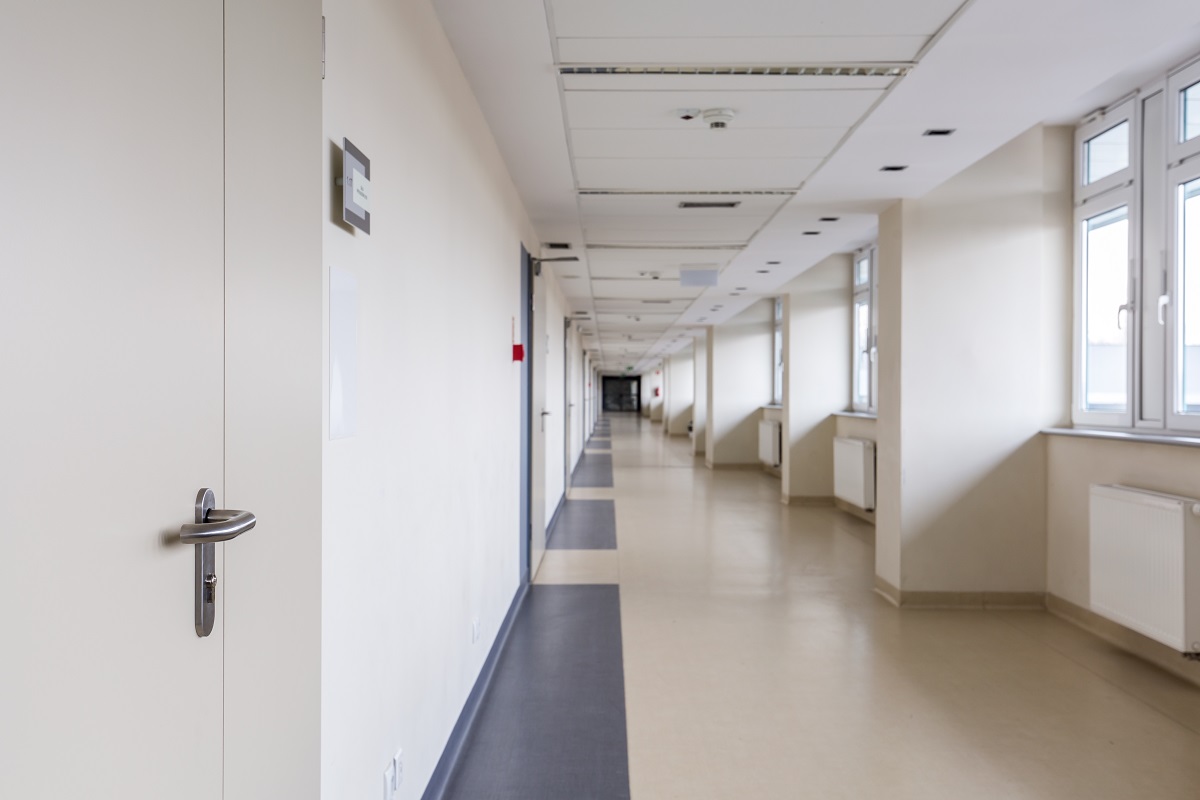- Create a welcoming environment with plants, artwork and comfortable furniture.
- Invest in up-to-date technology, equipment and reliable maintenance teams to provide better care to patients.
- To reduce contact and wait times, incorporate smart features such as automated check-in kiosks and voice-activated systems.
- Design for efficiency with streamlined processes and enough room to accommodate patients and staff.
- Embrace natural light to boost productivity, reduce stress and create a pleasant atmosphere.
It’s no secret that technology has transformed the healthcare industry, and if you want to keep up in this ever-changing landscape, your private medical practice needs to stay ahead of the curve. Whether it’s a clinic, hospital or physician’s office, achieving a modern design is essential to boost patient interest, increase efficiency and improve overall operations. Here are five tips to help you modernize your private medical practice’s design.
1. Create a Welcoming Environment
Patients should feel comfortable when they walk into your practice, and creating a welcoming environment is vital. A pleasant atmosphere can help alleviate some of those anxious feelings that come with a visit to the doctor’s office. Consider adding some plants and artwork, as well as comfortable furniture, natural light and plenty of space for patients to move about. Your waiting room or lobby is also great for providing amenities such as complimentary magazines, iPad kiosks or Wi-Fi access. This can help patients feel more relaxed while waiting for their appointment.
2. Update Your Technology
The most modern medical practices are powered by up-to-date technology, including medical technology, new software and other solutions that streamline processes like scheduling and billing. Investing in new technologies can help reduce wait times and provide better patient service, leading to higher satisfaction rates.
Equipment
Investing in the right equipment lends itself to a modern design and ensures your practice can handle the most complex medical cases. Consider upgrading to the latest diagnostic machines and other technologies that you can use in providing better care to your patients.
Facilities and infrastructure

When updating your medical technology, it’s also essential to consider the infrastructure and facilities that support it. Ensure your practice is well-equipped with high-speed internet, secure data storage and power backup solutions. Investing in reliable hospital electrical maintenance is crucial to provide seamless service for patients and staff. Your practice’s electric system should be able to handle the extra load that comes with the use of new medical equipment.
3. Incorporate Smart Features
Today’s technology isn’t just limited to new medical machines; you can also incorporate smart features into your practice’s design. This includes touchless technology such as automated check-in kiosks and voice-activated systems, which can help minimize contact between your patients and staff to prevent the spread of germs and reduce wait times.
Smart access systems
Smart systems can also be used to control access to restricted areas and provide a secure environment for your staff and patients. Incorporating smart access systems such as biometric authentication can help you manage access to any sensitive areas in your practice with ease.
Check-in kiosks
Installing automated check-in kiosks in your practice can help streamline the patient onboarding process. Kiosks with touchscreens provide a convenient way for patients to enter their information and confirm details while also helping reduce wait times at reception desks. They also help reduce the risk of human error and can be used to target services and promotional offers according to a patient’s needs.
4. Design for Efficiency
Efficiency is key when it comes to modernizing your practice’s design. Make sure you consider the patient flow in your building so that patients can move from one place to another without getting lost or confused. It would help if you also looked into ways to streamline processes like registration, billing, scheduling, lab work and more by using automated solutions wherever possible. Designing an efficient space also means ensuring each area is well thought out, practical and has enough room to accommodate patients and staff.
5. Embrace Natural Light

Natural light has numerous benefits for patient health; it can boost productivity, reduce stress and alleviate depression. If possible, incorporate as much natural light into your design as possible by opening windows or adding skylights to the roof. Natural light can create a more pleasant atmosphere for patients and staff alike. Striking or bold colors are usually avoided in medical facilities. If you still want your space to feel lively but still calming, consider using muted shades and lighter tones that go well with natural light.
To Wrap Things Up
Modernizing your private medical practice’s design is essential to keep up with the healthcare industry and staying competitive. By following these five tips, you can create an efficient and comfortable environment catering to patient health needs and modern technological advancements. Balancing a modern design with functionality and comfort can help improve your practice’s overall efficiency and patient satisfaction rates.
